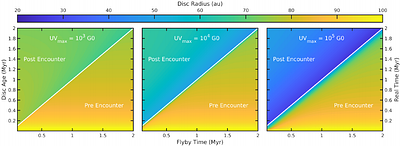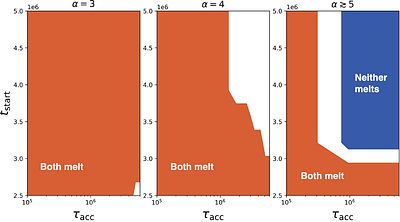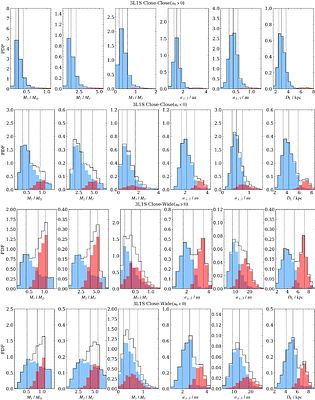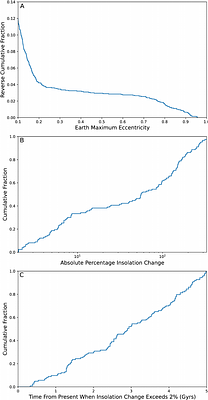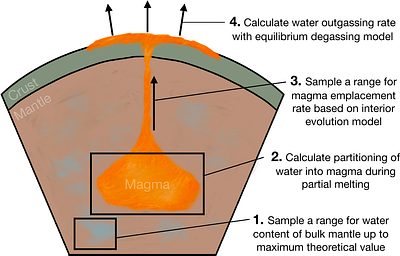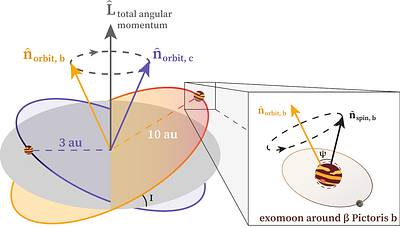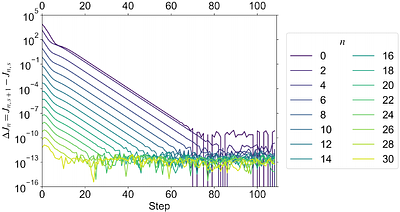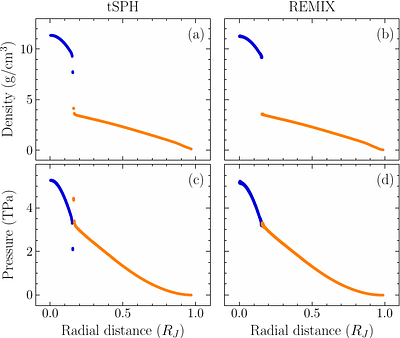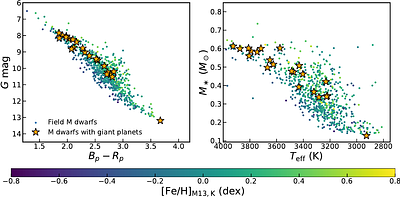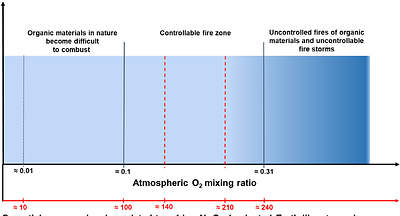By: Gavin A. L. Coleman, Jinyoung Serena Kim, Thomas J. Haworth, Peter A. Hartman, Taylor C. Kalish
By: Yannis Bennacer, Olivier Mousis, Marc Monnereau, Vincent Hue, Antoine Schneeberger
By: Hongyu Li, Jiyuan Zhang, Cheongho Han, Weicheng Zang, Youn Kil Jung, Andrzej Udalski, Takahiro Sumi, Hongjing Yang, Renkun Kuang, Shude Mao, Michael D. Albrow, Sun-Ju Chung, Andrew Gould, Kyu-Ha Hwang, Yoon-Hyun Ryu, In-Gu Shin, Yossi Shvartzvald, Jennifer C. Yee, Sang-Mok Cha, Dong-Jin Kim, Seung-Lee Kim, Chung-Uk Lee, Dong-Joo Lee, Yongseok Lee, Byeong-Gon Park, Richard W. Pogge, Berto Monard, Yunyi Tang, Subo Dong, Zhuokai Liu, Grant Christie, Jennie McCormick, Tim Natusch, Qiyue Qian, Dan Maoz, Wei Zhu, Przemek Mróz, Michał K. Szymański, Jan Skowron, Radoslaw Poleski, Igor Soszyński, Paweł Pietrukowicz, Szymon Kozłowski, Krzysztof A. Rybicki, Patryk Iwanek, Krzysztof Ulaczyk, Marcin Wrona, Mariusz Gromadzki, Mateusz J. Mróz, Michał Jaroszyński, Fumio Abe, Ken Bando, David P. Bennett, Aparna Bhattacharya, Ian A. Bond, Akihiko Fukui, Ryusei Hamada, Shunya Hamada, Naoto Hamasak, Yuki Hirao, Stela Ishitani Silva, Naoki Koshimoto, Yutaka Matsubara, Shota Miyazaki, Yasushi Muraki, Tutumi Nagai, Kansuke Nunota, Greg Olmschenk, Clément Ranc, Nicholas J. Rattenbury, Yuki Satoh, Daisuke Suzuki, Sean Terry, Paul J. Tristram, Aikaterini Vandorou, Hibiki Yama
By: Artie P. Hatzes, Volker Perdelwitz, Marie Karjalainen, Jana Köhler, Michael Hartmann
By: E. I. Vorobyov, V. G. Elbakyan, A. Skliarevskii, V. Akimkin, I. Kulikov
By: Nathan A. Kaib, Sean N. Raymond
By: Yurou Liu, Tiger Lu, Malena Rice
By: Trent B. Thomas, Victoria S. Meadows, Joshua Krissansen-Totton, Megan T. Gialluca, Nicholas F. Wogan, David C. Catling
By: Michael Poon, Hanno Rein, Dang Pham
By: Zifan Lin, Sara Seager, Benjamin P. Weiss
By: T. D. Sandnes, V. R. Eke, J. A. Kegerreis, R. J. Massey, L. F. A. Teodoro
By: Tianjun Gan, Christopher A. Theissen, Sharon X. Wang, Adam J. Burgasser, Shude Mao
By: Michaela Vítková, Rafael Brahm, Trifon Trifonov, Petr Kabáth, Andrés Jordán, Thomas Henning, Melissa J. Hobson, Jan Eberhardt, Marcelo Tala Pinto, Felipe I. Rojas, Nestor Espinoza, Martin Schlecker, Matías I. Jones, Maximiliano Moyano, Susana Eyheramendy, Carl Ziegler, Jack J. Lissauer, Andrew Vanderburg, Karen A. Collins, Bill Wohler, David Watanabe, George R. Ricker, Roland Vanderspek, Sara Seager, Joshua N. Winn, Jon M. Jenkins, Marek Skarka
By: Helmut Lammer, Manuel Scherf, Laurenz Sproß
